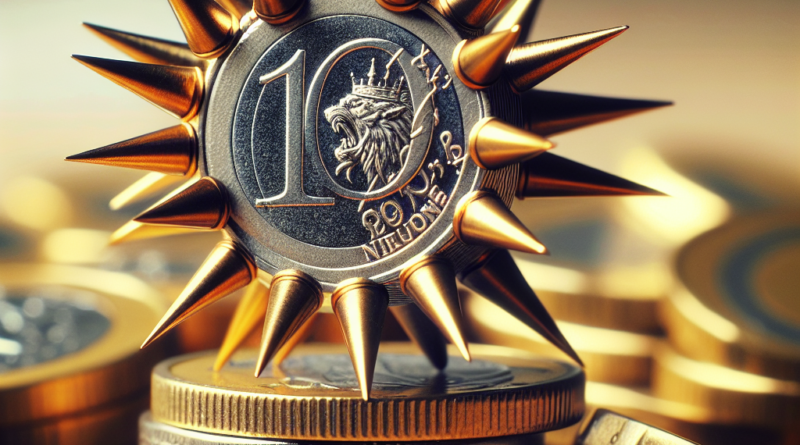The Value of 10 Lire with the Ear of Wheat: Key Details to Consider
“`html
Nostalgia for Old Lire
Old Italian Lire often evoke nostalgic memories from the era before the Euro, and many still find them tucked away in drawers at home.
What many might not realize is that certain coins, like the 10 Lire, can hold considerable economic value.
One of the most iconic is the 10 Lire coin featuring wheat ears, minted since 1951.
Only numismatists may be aware that only two different versions of the 10 Lire were produced since the establishment of the Republic: one depicting Pegasus and the olive tree, and the other showcasing golden wheat ears.
While the first may only linger in the memories of older folks and collectors, the second is likely more familiar, especially to those who used them before 2001.
The Value of Old Lire
So, what is the current value of these common Lire, assuming they are in perfect condition? Here’s everything you need to know about the production and the value of these coins, as well as how to identify the rarest ones.
The 10 Lire coin, known as the “Wheat Ears,” is arguably the most recognized of the old Lire.
Officially minted from 1951 until 2001, many recall using it up until the 80s, even though production continued until the Euro was introduced, despite it no longer being in circulation.
This coin is easily identifiable by its depiction of two wheat ears on one side and a plough on the other.
It has a diameter of 23.3 millimeters, weighs 1.6 grams, and is made from a metal alloy known as Italma.
Despite being common, its value can vary considerably based on the year of minting and the condition of the coin.
How to Determine Value and Condition
The first minting of the 10 Lire with wheat ears took place in 1951.
At first glance, all coins may appear the same, but recognizing the differences in years is essential, as certain editions, like that from 1954, can be significantly more valuable.
The 1954 edition is one of the rarest and most sought-after, with a value exceeding 110 euros, while other years may be worth much less.
Additionally, evaluating the coin’s condition is vital.
Coins in uncirculated condition (Fior di Conio) can be much more valuable than those that are worn.
Mirror finish coins (Fondo Specchio) that look shiny and reflective are particularly loved by collectors.
Conversely, coins in bad condition might only carry symbolic value, sometimes around 1 euro.
Current Market Values of 10 Lire Coins
Initially minted in 1951, the current value of the 10 Lire coin ranges around 25 euros, but it fluctuates based on mint year and production errors.
The highest valued among them is still the 1954 coin.
A unique variant exists with a minting defect—the 1991 coin featuring an inverted design, the exact quantity minted remains unknown.
While the regular 1991 coin is worth 2 euros, the one with the defect can fetch as much as 150 euros.
Collecting the 10 Lire
Collecting all the 10 Lire coins you may find at home, at your grandparents’ or relatives’ places could accumulate a small treasure, making the old Lire even more special.
For more detailed insights on rare coins, check out [Monete di valore](http://www.monetedivalore.it).
“`

